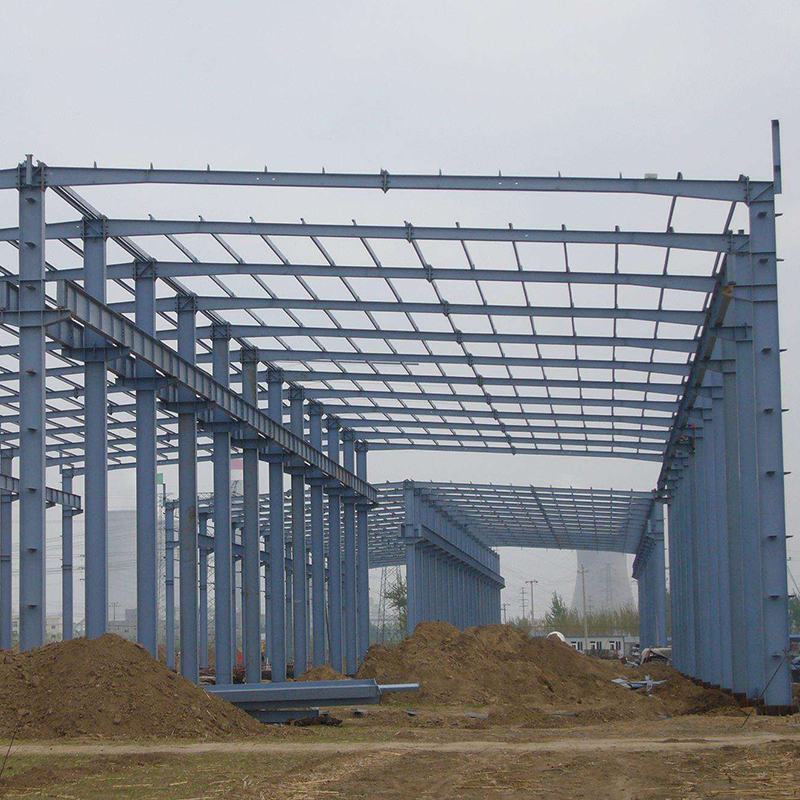1, strength
The strength index of steel is determined by elasticity σ e, yield σ y and tensile σ U.The design is based on the yield strength of the steel.High yield strength can reduce the weight of the structure, save steel and reduce costs.The tensile strength σ u is the stress that the steel can bear before it is destroyed.At this time, the structure loses its service performance due to large plastic deformation, but the structure has large deformation and can not meet the requirements of the structure to resist rare earthquakes.The value of σ Qi / σ y can be regarded as the parameter of steel strength reserve.
2.Plasticity
Plasticity of steel usually refers to the characteristic of obvious plastic deformation without fracture after the stress exceeds the yield point.The main index to measure the plastic deformation ability of steel is the decrease of elongation δ and area ψ.
3.Cold bending performance
Cold bending property of steel is a measure of cracking resistance when steel is bent to produce plastic deformation at room temperature.Cold bending property of steel is a kind of cold bending test, which is used to test the bending deformation property of steel with specified bending degree.
4.Impact toughness
The impact toughness of steel refers to the ability of absorbing mechanical kinetic energy when bearing impact load.Measuring the impact resistance of steel to impact load is a kind of mechanical property. Brittle fracture may be caused by low temperature and stress concentration.Generally, the impact toughness index of steel is obtained by impact test of standard specimen.
5.Welding performance
The weld-ability of steel refers to the welding joint with good performance obtained under the welding process conditions.Welding performance can be divided into two types: welding performance in welding process and welding performance in service performance.The weld-ability in the welding process means that the weld and the metal near the weld have no thermal crack or cooling sensitivity to the welding process, so as not to produce cooling shrinkage crack.Good welding performance means that under certain welding process conditions, the welding metal and nearby base metal will not produce cracks.The weld-ability is the impact toughness of weld and the ductility of HAZ.The mechanical properties of steel in welding and heat affected zone shall not be lower than that of base metal.In China, the welding performance test method of welding process is adopted, and the welding performance test method of service performance is also used.
6.Durability
There are many factors that affect the durability of steel.First of all, the corrosion resistance of steel is poor, so protective measures must be taken to prevent corrosion and rust of steel.Protective measures include: regular maintenance of paint, galvanized steel plate, special protective measures in the presence of strong corrosive media (such as acid, alkali, salt, etc.), such as the use of “anode protection” measures to prevent the outer casing from corrosion.When the zinc ingot is fixed on the sheath, the seawater electrolyte will first corrode the zinc ingot automatically, so as to protect the steel sheath.Secondly, due to the high temperature and long-term load, the fracture strength of steel is much lower than that of short-term strength.Therefore, the long-term strength of steel under long-term high temperature should be determined.With the passage of time, steel will automatically harden and become brittle, that is, “aging” phenomenon.The impact toughness of steel under low temperature load should be tested.
Post time: Jul-16-2020

